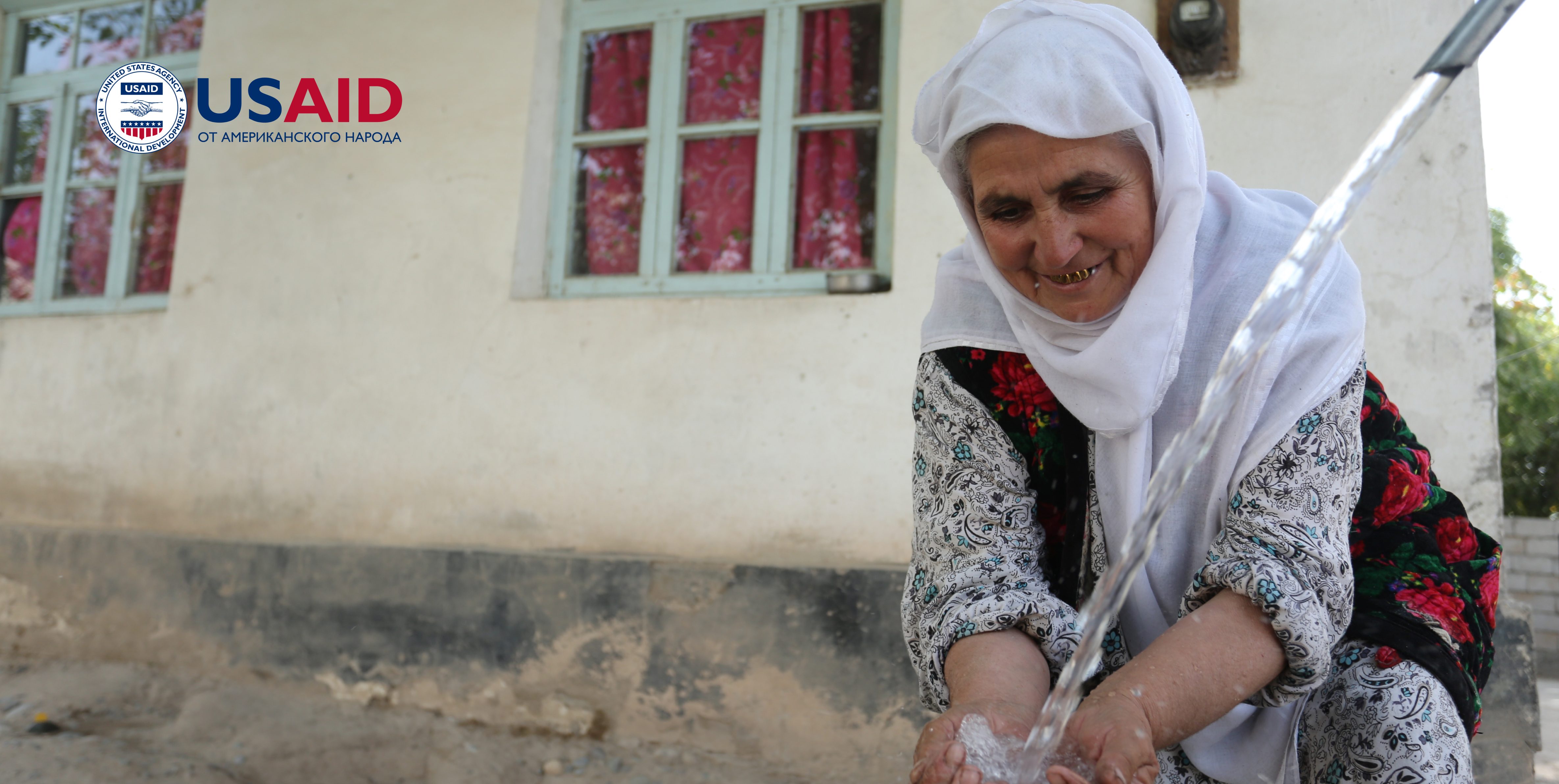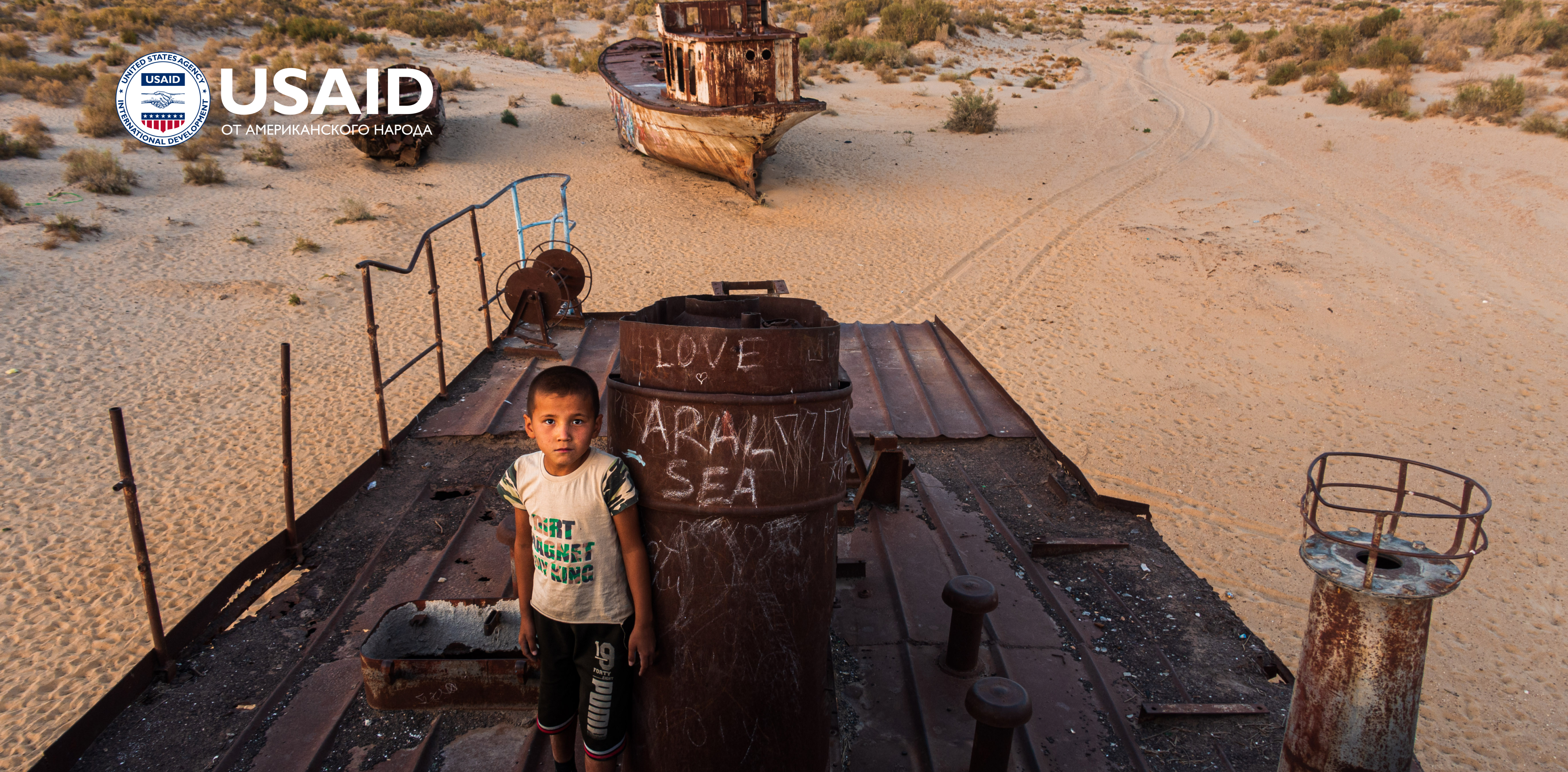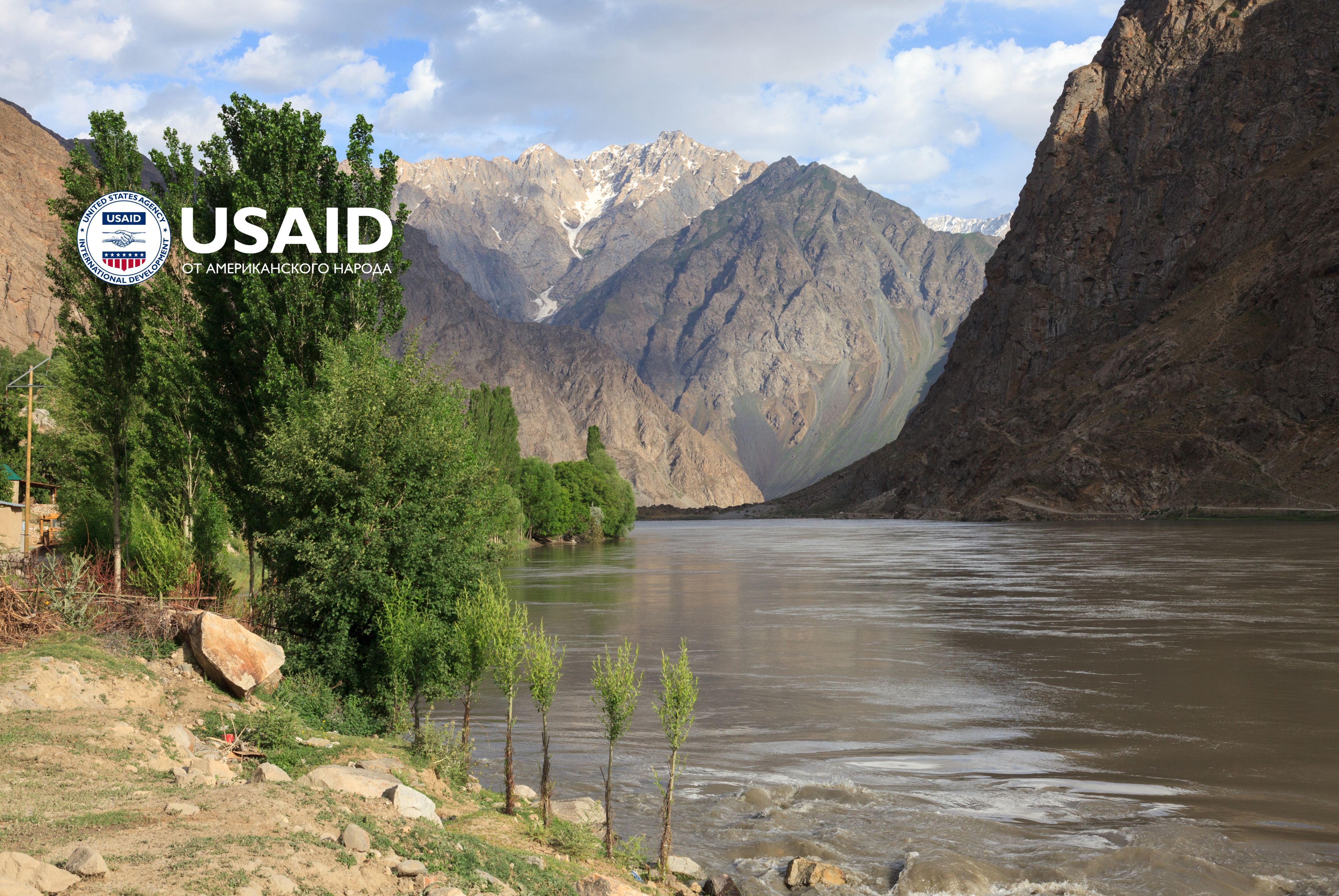riverbp
Community of Practice / Knowledge Hub
Lectures/seminars
Water-Energy-Food-Ecosystems (WEFE) Nexus Lecture: Innovative tools for managing drinking and irrigation water supply systems in Central Asia
Access to safe drinking water and irrigation for agricultural fields are fundamental human rights and an integral part of the growth and development prospects for Central Asia. According to the Food and Agriculture Organization of the United Nations (FAO), per capita water resources in the Central Asian countries are presently sufficient (about 2.3 thousand m3) but concerns about rational use and long-term water availability are rising, especially with regard to agriculture, which in Central Asia ranges between 10-45% of national GDP figures depending on the country.
Water-Energy-Food-Ecosystems (WEFE) Nexus Lecture: Mainstreaming gender in nexus WEFE resources management: How to write about the interrelation of environmental issues in Mass Media?
The water-energy-food-ecosystem Nexus approach (or WEFE Nexus) can form the basis for long-term social and economic stability through the sustainable development of natural resources. While WEFE Nexus has wide acceptance worldwide, it is largely lacking in practice at the governance level (local, national, regional) and virtually unknown in public circles. In countries of Central Asia, in most cases, these development sectors are still considered separately, both at the national and regional levels.
Water-Energy-Food-Ecosystems (WEFE) Nexus Lecture: Mainstreaming gender in nexus WEFE resources management: Women’s engagement in Nexus integration
Over the past few decades, there have been significant global advances to ensure more equitable gender representation for inclusive decision-making, especially in the education and healthcare sectors. However, in issues related to the Water-Energy-Food Ecosystem Nexus, women’s role remains an underappreciated ‘asset’ in most parts of the world.
Water-Energy-Food-Ecosystems (WEFE) Nexus Lecture: WEFE Nexus approach practical implementation in Central Asian countries: Tuyamuyun reservoir
There are about 280 reservoirs in Central Asia (CA) designed to regulate the seasonal and annual river flow. Most of them are multifunctional and are used for agricultural needs, water supply, hydropower generation, and flood protection.
Water reservoirs in the region are subject to intense negative processes of pollution and silting, as well as clogging caused by mountainous terrain.
Water-Energy-Food-Ecosystems (WEFE) Nexus Lecture: Influence of the COP26 on promotion of the WEFE Nexus approach in the global arena
In November 2021 Glasgow, United Kingdom, hosted the 26th UN Climate Change Conference of the Parties (COP26). More than 200 countries participated in the Conference and accepted the Glasgow Climate Pact. This global agreement will accelerate action on climate during the upcoming decade. One of the topics raised during the conference was WEFE Nexus approach and possible contribution of its application while implementing the Glasgow Climate Pact.
Water-Energy-Food-Ecosystems (WEFE) Nexus Lecture: Water-Energy Nexus for the Central Asian Regional Electricity Market
The geographical and climatic features of the Central Asian region, and the uneven distribution and consumption of its natural resources determine the dependence of the economic potential of each state, in particular, on the efficient use of water and energy resources. However, Central Asia has an ideal set of complementary regional energy sources and generation structures that will help realize the benefits of regional energy cooperation. Strengthening the integration of the region's economies through increased energy trade between the countries of Central Asia and neighboring regions can help the region restore and maintain economic growth and regional cooperation.
Water-Energy-Food-Ecosystems (WEFE) Nexus Lecture: Hydropower Climate Impact Modelling Approach for Central Asia
Hydropower provides up to 98% of electricity in some of Central Asian countries such as Kyrgyz Republic, and Tajikistan. Hydropower plants depend on the water content of the rivers fed by glacial melt water and snowmelt. However, as the climate warms, most climate models predict significant changes in the dynamics of the precipitation patterns as well as changes in glacial runoff.
Water-Energy-Food-Ecosystems (WEFE) Nexus Lecture: Water and Energy Efficiency in Talimarjan
The Talimarjan reservoir is one of the largest artificial reservoirs in Uzbekistan and plays a key role in the water supply of the Kashkadarya region. The Kashkadarya region historically had the potential to develop agriculture but was considered water scarce, and in Soviet times it was decided to build a reservoir and a cascade of pumping stations that would direct water from the Amu Darya to irrigate the developed lands where cotton, wheat and other important crops are grown, and as well as supplying the population with drinking water.
Water-Energy-Food-Ecosystems (WEFE) Nexus Lecture: State and Dynamics of Glaciation of the Kyrgyz Tien Shan
Climatic changes in Central Asia are causing the reduction of the Tien-Shan Mountain glaciation. Meanwhile, it is the mountain glaciation that is the key factor in the stable water supply to the hydrological system of this arid region. Meltwater from glaciers and seasonal snow cover largely feed Central Asian rivers. The countries use this water for economic activities such as irrigated agriculture and hydropower generation. However, the accelerated melting of glaciers poses additional risks to sustainable development and regional water, energy, and food security in the region.
Water-Energy-Food-Ecosystems (WEFE) Nexus Lecture: The Role of Science and Scientific Research in Bridging the WEFE Nexus Knowledge Gap
In recent years, the Water-Energy-Food Nexus approach has attracted growing attention within international politics, academia, and other areas of society. The tragedy of the Aral Sea in Central Asia demonstrates how wrong planning, lack of understanding of the interconnection of various sectors can lead to tragic consequences. The Central Asian countries are currently striving to reduce the detrimental impact of the Aral Sea crisis on the environment, on various sectors of economic development, ecosystems, and the health of the population of the Aral Sea region. In this regard, great efforts are directed by countries to the practical solution of these problems, considering the relationship of "water-energy-food-ecosystems" - the introduction of the Nexus campaign.
Items 11 - 20 of 24
First | Prev. | 1 2 3 | Next | Last









